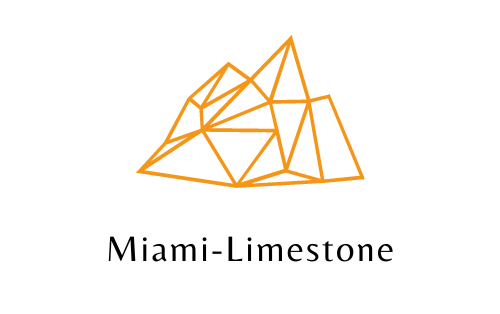Pros and Cons
Travertine is not as dense as limestone, which makes it more porous than limestone. Its ability to absorb water makes it a great choice for an outdoor deck or patio. On the other hand, limestone can weather much better in the face of harsh weather, but the downside to this is that it isn’t as easy to sculpt, carve, or polish. Indoors, limestone is the better option for heavy foot traffic. It’s also a great surface for walls, surrounds, and backsplashes.
Limestone is Better for Underfloor Heating
You can’t use travertine with underfloor heating because resin fillers, like those in travertine, can get caught in the sealer. Limestone is an excellent material for floors in general, because of its thermal conductivity and low cost. It’s perfectly happy to be back in an area of high pressure and heat.
Pool Designs
Pool designs may include various materials and shapes. Travertine can be used in these designs, which means it’s safe for you to use in your pool. This stone is less suitable for freezing zones, where the water absorbed by the stone can expand when it freezes, causing damage. It’s best to consider limestone when planning the design of a pool area. The best swimming pool materials for this location are natural stone. It’s best if you purchase an all-around building material that can accommodate different applications and environments without being affected by one type of climate or another. Limestone, for pool areas and bathrooms, is typically preferred over travertine because it has a stronger grip and is able to withstand a harsh environment that includes water, hot sun, and winter.
Long-Term Maintenance
When used in bathrooms or kitchens that get a lot of foot traffic, travertine floors are subject to wear. If you have an older home with tile in areas that will see more traffic, you may want to consider replacing the tile before it begins to wear down and break away. That’s why it is recommended to reseal your travertine tiles every three to four months. Travertine is a natural stone that comes in many colors and shades. It’s not possible to keep natural stone clean without the use of a filler. Good news is that travertine’s dark colors tend to hide the dirt that might accumulate on it’s surface. On the other hand, limestone is not as porous and can be easily vacuumed or dusted to keep it clean. This product requires periodic sealing to keep it looking as beautiful as the day you bought it.
Cost
Travertine stones and limestone require similar expenses, but both are less expensive to install than marble or terrazzo tile. The finish can affect the price, so be sure to ask for information about choices and their prices when choosing your favorite travertine/limestone tile. If you’re looking to learn more about costs associated, you can contact us at Miami-Limestone.com.
